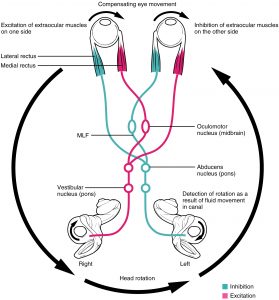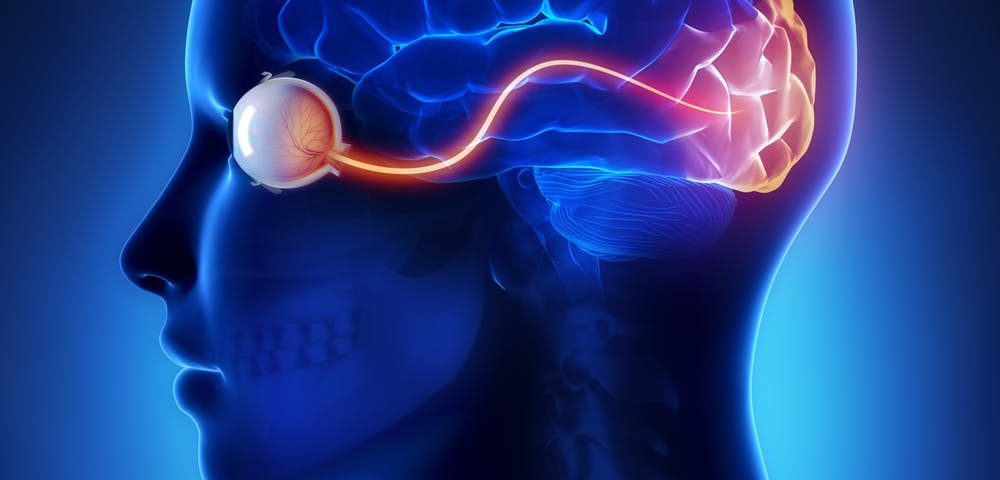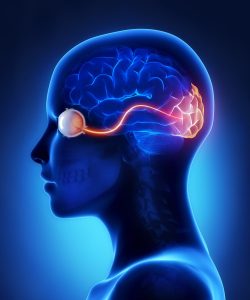Why Can’t I Touch My Toes?

The benefit of regular Sauna Use
December 19, 2019
Nutrition and the Musculoskeletal System
December 30, 2019
“Why cant I touch my toes? My hamstrings are always tight and I cant seem to loosen them enough.” I hear this sentence on a weekly basis which seems to be a wide spread problem amongst many individuals trying to seek greater mobility. In fact, I always answer back saying that the hamstrings aren’t the problem to many people’s surprise, it’s just a symptom of a bigger problem.
Most movement impairment can be associated by two types of issues: either structural or none structural problems. A structural problem would be anything that affects something tangible in the body. This includes bones, muscle, tendons, soft tissue, fascia, skin and the list goes on. A none structural problem would be anything that affects something that is not tangible. This includes the nervous system, sensory reception, movement perception, etc. For those who perform stretching on a daily basis, the muscle (structural component) may undergo physiological changes if done consistently to increase its lengthening ability. Nevertheless, this will not have any effect on the Central Nervous System (none structural component) of the problem. This may be one of the reasons why individuals who keep stretching their hamstrings may not get any changes as it may be a none structural problem that is creating the issue.
 One of the most common none structural problems that we face as human beings is with the Vestibular Ocular Reflex (VOR). This reflex is responsible for keeping our eyes and head level while performing movement. As the name states, this reflex is made up of two crucial systems in the human body, the vestibular and the visual (ocular meaning eyes) systems. The vestibular system is a sensory system that is responsible for providing our brain about motion, spatial orientation, posture and balance when standing. The visual system on the other hand allows us to view the outside world with our eyes and take in information about our immediate surroundings.
One of the most common none structural problems that we face as human beings is with the Vestibular Ocular Reflex (VOR). This reflex is responsible for keeping our eyes and head level while performing movement. As the name states, this reflex is made up of two crucial systems in the human body, the vestibular and the visual (ocular meaning eyes) systems. The vestibular system is a sensory system that is responsible for providing our brain about motion, spatial orientation, posture and balance when standing. The visual system on the other hand allows us to view the outside world with our eyes and take in information about our immediate surroundings.
When one of these two systems is dysfunctional or not perceiving information correctly from the outside world, the body will tighten up due to the lack of information coming in to make proper judgment. In order to stay alive and well, threat perception is crucial so as to keep the body safe by making all the necessary adaptations to prevent it from getting hurt. In doing so, the Central Nervous System (CNS) will use to structural components, such as muscles and fascia to do so. If this is the case, often times the hamstrings are neurologically tightened so as to respond to this threat and keep the body safe by not allowing it to move freely.
In short, not all injuries or movement impairments are due to structural problems. Sensory organs such as our eyes and our vestibular systems contribute greatly into the amount of muscle tone we generate throughout the body so as to protect oneself from the inevitable. To minimize these problems, an exercise program that includes visual, vestibular and proprioceptive (body awareness) training can greatly decrease the chances of having such neurological tightness to begin with.
Oliver L.
The post Why Can’t I Touch My Toes? appeared first on Diversified Integrated Sports Clinic.
[ad_2]
Source link




